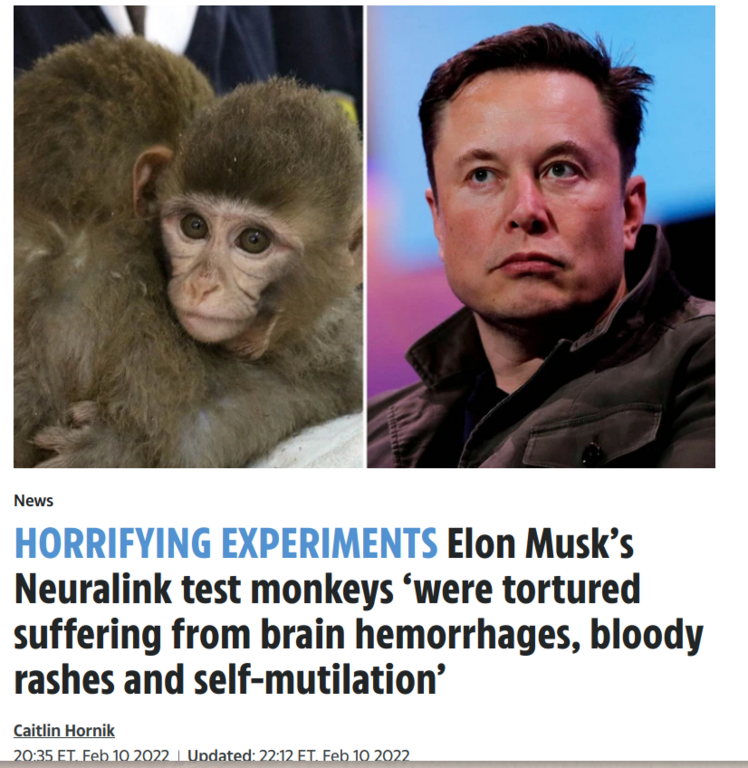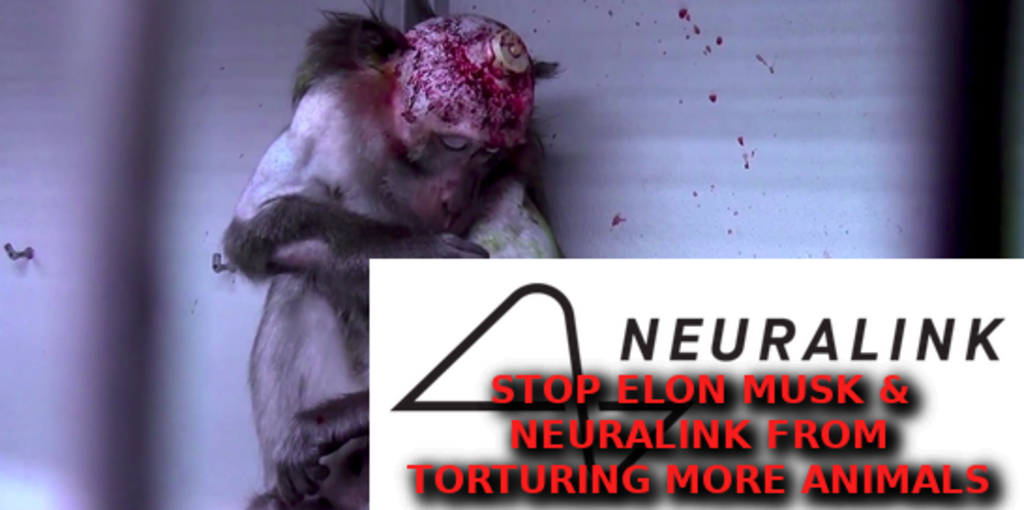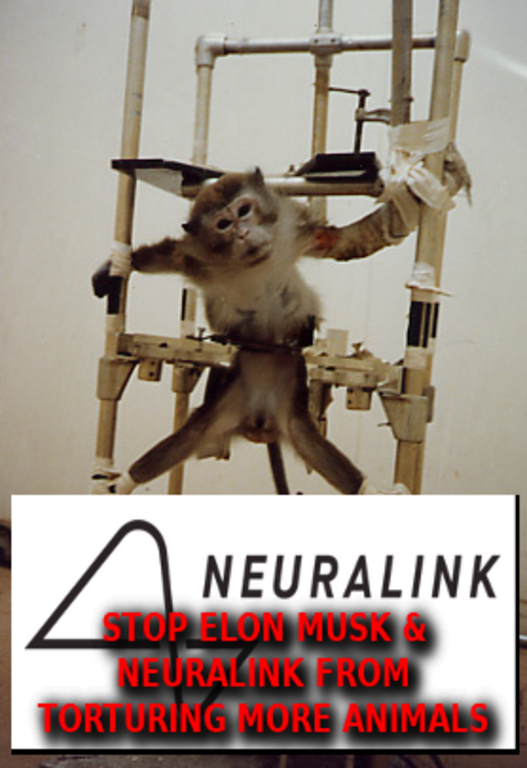
Story by Rolfe Winkler, Alexa Corse
MUSK BUILT SOMETHING THAT HAS BEEN DONE BY MANY OTHERS, BETTER, LONG AGO AND KILLED MANY ANIMALS WITH TORTURE TO DO SO
Neuralink encountered a problem with the implant in its first human patient, Noland Arbaugh, that reduced the amount of data it could capture from his brain, according to a blog post the company published on Wednesday.
Some data was lost because a number of the implant’s threads that had been placed in Arbaugh’s brain came out. The company, owned by Elon Musk, didn’t disclose the reason why some threads pulled out of the poor man’s brain unexpectedly.
NEURALINK has faced issues with its tiny wires FOR YEARS, sources say...
Neuralink posted about the problem on its blog after The Wall Street Journal inquired about the issue.
One factor that Neuralink explored that may have contributed to the threads coming out is that air was trapped inside Arbaugh’s skull after surgery, a condition called pneumocephalus, according to people familiar with the events. The problem hasn’t appeared to pose a risk to safety of Arbaugh, a quadriplegic since a 2016 diving accident. Even so, the possibility of removing Arbaugh’s implant, a so-called “explantation,” was floated, said these people.

The company said in its blog post that the retracted threads led to a reduction in bits-per-second, a measure of the speed and accuracy of Arbaugh’s ability to control a computer cursor with only his thoughts. In response the company said it made changes including modifying its algorithms that improved bits-per-second.
Even with the implant’s degraded capabilities, Neuralink was able to pull off a live demonstration of Arbaugh playing chess, a leap in the capabilities for a brain-computer interface technology. This past Saturday night Arbaugh also livestreamed himself on X using the implant to navigate around his computer screen and play games.

People inside Neuralink expected challenges with their first test in a human patient, and remain optimistic that this problem could be solved, enabling future implants to capture more data and offer greater capabilities for patients, said the people familiar with Arbaugh’s implant. The company has tried its implants in pigs, sheep and monkeys, but Arbaugh was the first human to receive the device, called the N1.
Neuralink has told the Food and Drug Administration that it believes it has fixes for the problem that it encountered with Arbaugh’s implant, according to a person familiar with the discussions, who added that the company hopes to implant two more patients in coming months after a safety review of Arbaugh’s is completed.
The FDA didn’t immediately respond to a request for comment. The agency, which approved Arbaugh’s surgery, has reviewed the implantation plans of Neuralink and similar startups.
Neuralink has set a goal to implant 10 people this year with its device.
Advances in brain-computer interface devices have the potential to restore function to millions of people living with spinal cord injuries.

Neuralink’s N1 implant nests a processing chip, battery, communications and more inside a small puck-like container the size of a quarter, which is implanted in a similarly sized hole that is cut out of the skull. Attached to the puck are 64 threads, each thinner than a human hair and each holding 16 electrodes. The last few millimeters of the threads are inserted into the brain’s motor cortex, where the electrodes read and relay neural signals that can be decoded to deduce a person’s intentions.

Arbaugh’s implantation was on Jan. 28 and in the weeks after he was able to play the fast-paced racing videogame Mario Kart just by thinking, according to a video recording Neuralink played later. In late February the implant began capturing less data and Neuralink engineers sought to determine what was causing the decline.
One theory put forward was that pneumocephalus had contributed to some of the threads retracting from his motor cortex and staffers built models to simulate the condition. Others worked to see what capabilities Arbaugh might have with the data still captured by the device, the people said.
In a recorded all-hands meeting on March 1, which the company shared later in the month, Arbaugh took questions from Neuralink employees. The only hint that something might have gone wrong was when Arbaugh said “Sure we’re still working out the kinks and stuff. But once we get this figured out, there’s no reason for [the implant] not to be out there.”

Whatever problems the team encountered, it was still able to stage a successful live demonstration on March 20. In a livestream on X, Arbaugh showed that he could play computer chess, dragging and dropping pieces on the virtual board as if he were moving them with a mouse. Such a capability had never been shown in a device outside a lab setting.
Despite the retracted threads, the peak bits-per-second that Arbaugh has recently achieved with the device returned to the level seen when all the threads were in place, according to data Neuralink posted in its blog.
Jim Oberman and Elisa Cho contributed to this article
Write to Rolfe Winkler at Rolfe.Winkler@wsj.com and Alexa Corse at alexa.corse@wsj.com







